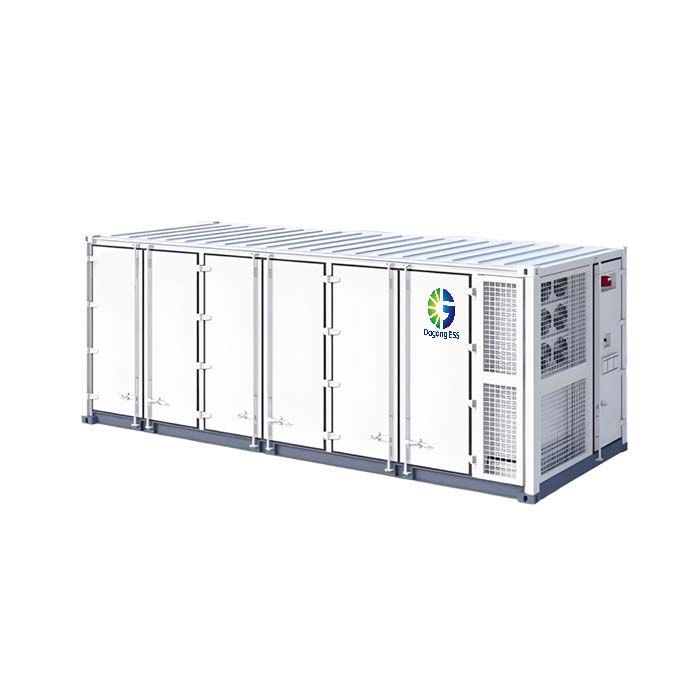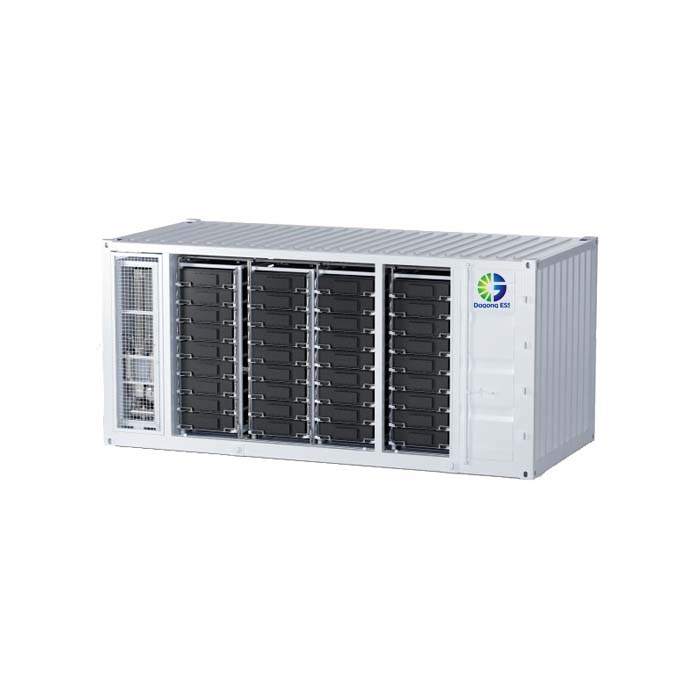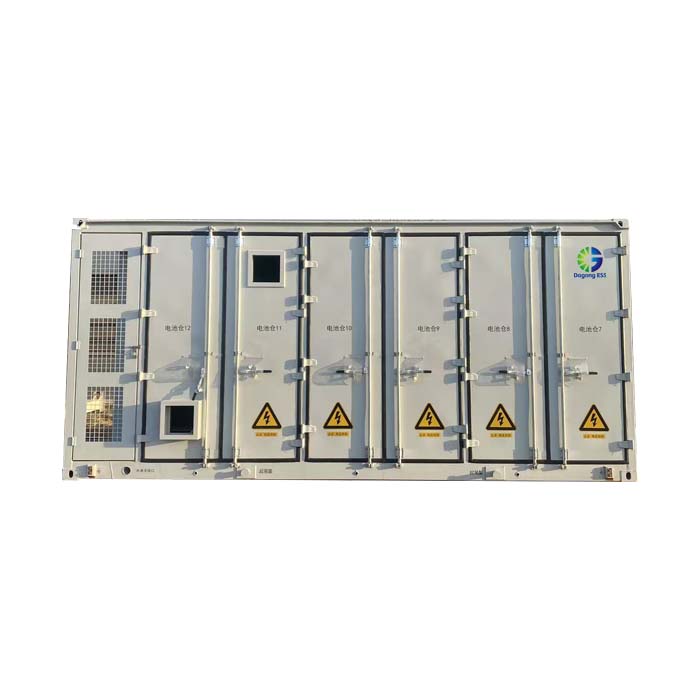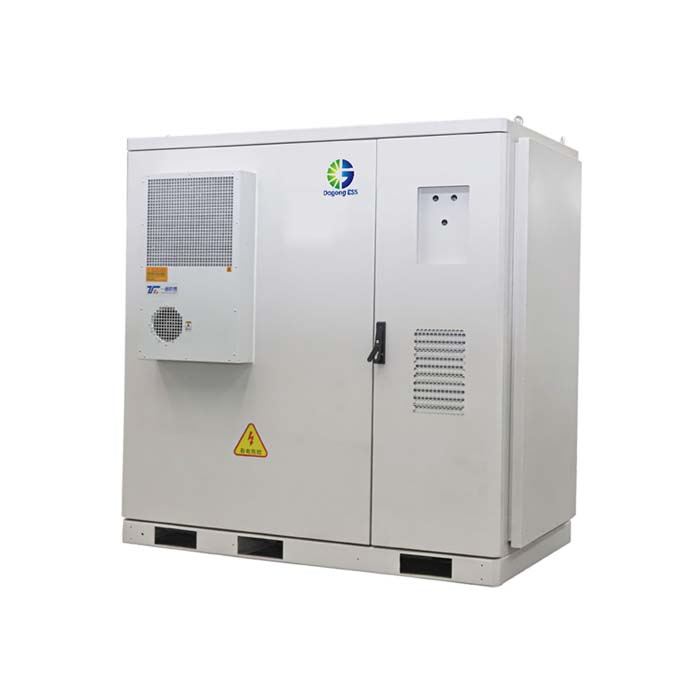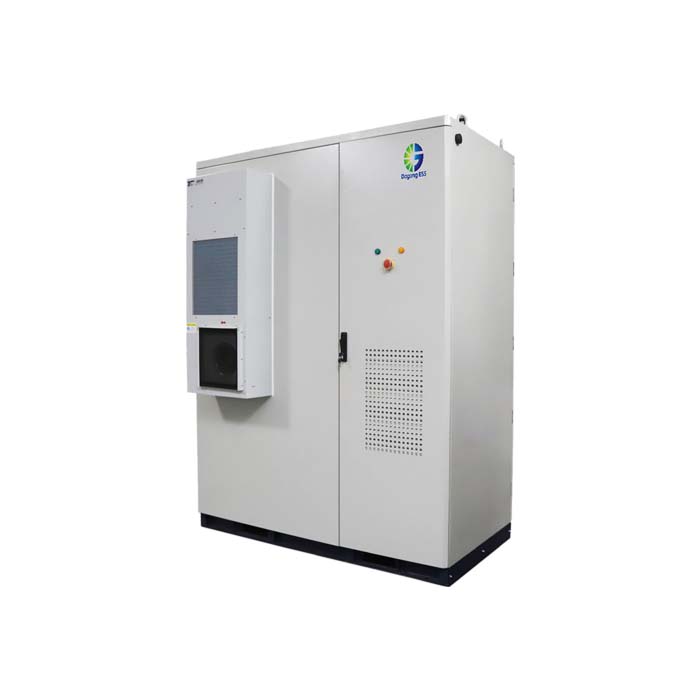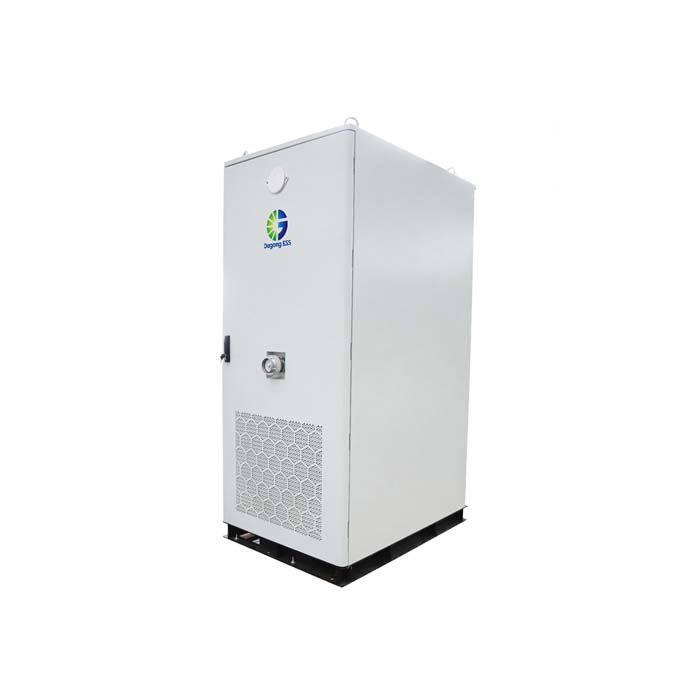LFP vs. NMC Batteries in Energy Storage Systems
What Are LFP and NMC Batteries?
In the world of energy storage systems (ESS), two dominant lithium-ion battery chemistries are LFP (Lithium Iron Phosphate) and NMC (Nickel Manganese Cobalt Oxide). Each type offers different benefits in terms of safety, energy density, cost, and lifecycle. Understanding their differences helps businesses and project developers choose the right solution for residential, commercial, or utility-scale storage.
Types of ESS Using LFP or NMC Batteries
LFP-Based Energy Storage Systems
Widely used in residential, commercial, and utility-scale ESS
Excellent thermal stability and long cycle life
✅ Ideal for applications prioritizing safety and longevity
NMC-Based Energy Storage Systems
Higher energy density, often used in EVs and space-limited ESS
Common in mobile storage and backup power systems
✅ Suitable where compact design and higher kWh/kg are critical
Dagong ESS primarily uses LFP technology for its air-cooled, liquid-cooled, and containerized energy storage systems, ensuring long life and safety compliance.
Features Comparison: LFP vs. NMC
| Feature | LFP (LiFePO₄) | NMC (LiNiMnCoO₂) |
|---|---|---|
| Energy Density | Lower (~120–160 Wh/kg) | Higher (~160–220 Wh/kg) |
| Cycle Life | 6,000–10,000+ cycles | 3,000–5,000+ cycles |
| Safety | Very stable, low fire risk | Less stable, thermal runaway risk |
| Operating Temp. | Wider range, high heat tolerance | Narrower optimal range |
| Cost | Lower material cost, stable | More expensive (Nickel, Cobalt) |
| Environmental | Non-toxic, cobalt-free | Cobalt mining has sustainability concerns |
| Application Fit | ESS, solar, off-grid, C&I | EVs, mobile ESS, space-limited use |
Applications of LFP and NMC Batteries in ESS
LFP ESS is preferred for:
Commercial & industrial storage
Residential solar backup
Containerized utility-scale storage
EV charging infrastructure
NMC ESS is used in:
Compact emergency backup systems
Mobile power units and EV battery packs
Space-constrained commercial storage
Price of LFP vs. NMC ESS
LFP batteries are more cost-effective for long-term energy storage:
Lower cost per cycle
Reduced need for fire suppression or extra safety systems
Longer replacement intervals
NMC batteries offer higher energy density, which can reduce initial installation footprint but may require more safety considerations.
Pricing is quoted based on system size, cooling type, and application. Trade terms like EXW, FOB, and CIF apply.
How to Select Between LFP and NMC for Your Project?
Safety Priority
Use LFP where thermal safety is crucial (e.g., schools, homes, dense cities)
Space Constraints
Choose NMC for compact installations or portable ESS
Lifecycle and ROI
LFP provides more charge cycles and lower cost per kWh over time
Application Environment
LFP handles high temperatures better and suits outdoor installations
Sustainability Goals
LFP has no cobalt or nickel, making it more environmentally friendly
How Long Do LFP and NMC ESS Last?
LFP: 15+ years, over 8,000 cycles at 70% SOH
NMC: 8–12 years, around 3,000–5,000 cycles
LFP systems require less frequent replacement and offer better long-term stability in daily-use applications.
The Supplier of LFP-Based ESS: Dagong ESS
Dagong ESS specializes in high-performance LFP battery energy storage systems with air-cooled, liquid-cooled, and containerized options:
✅ Residential LFP ESS
5kWh–80kWh stackable and wall-mounted systems
Reliable, safe, and easy to install
✅ Commercial & Industrial LFP ESS
100kWh–144kWh air-cooled cabinets
215kWh–372kWh liquid-cooled solutions with long lifespan
✅ Containerized Utility LFP ESS
3.35MWh liquid-cooled containers
5MWh air-cooled containers for grid-scale deployment
All systems are certified with CE, UN38.3, MSDS, IEC, and 3C, ensuring safe global usage.
Need help choosing the right battery chemistry for your energy project? Contact Dagong ESS:
Email: sales@dagongess.com
Website: 🌐 www.dagongess.com


